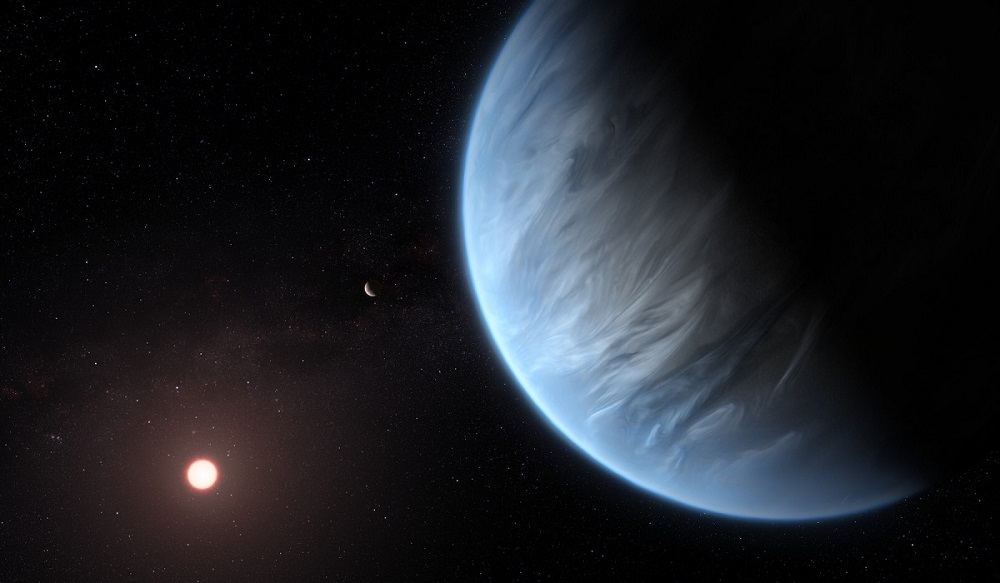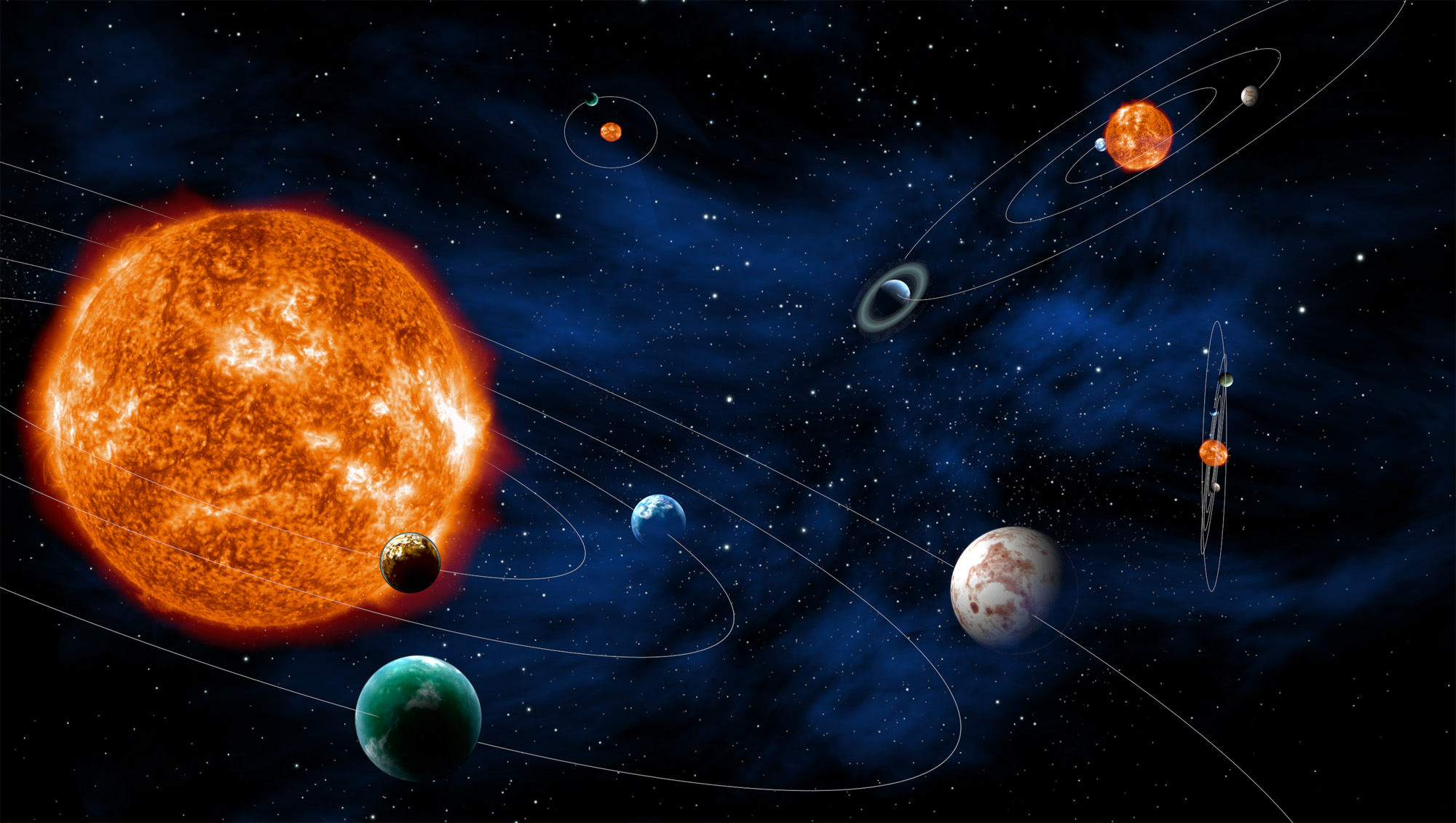Red dwarf stars are the most common kind of star in our neighbourhood, and probably in the Milky Way. Because of that, many of the Earth-like and potentially life-supporting exoplanets we’ve detected are in orbit around red dwarfs. The problem is that red dwarfs can exhibit intense flaring behaviour, much more energetic than our relatively placid Sun.
So what does that mean for the potential of those exoplanets to actually support life?
Continue reading “Stellar Flares May Not Condemn a Planet’s Habitability”









